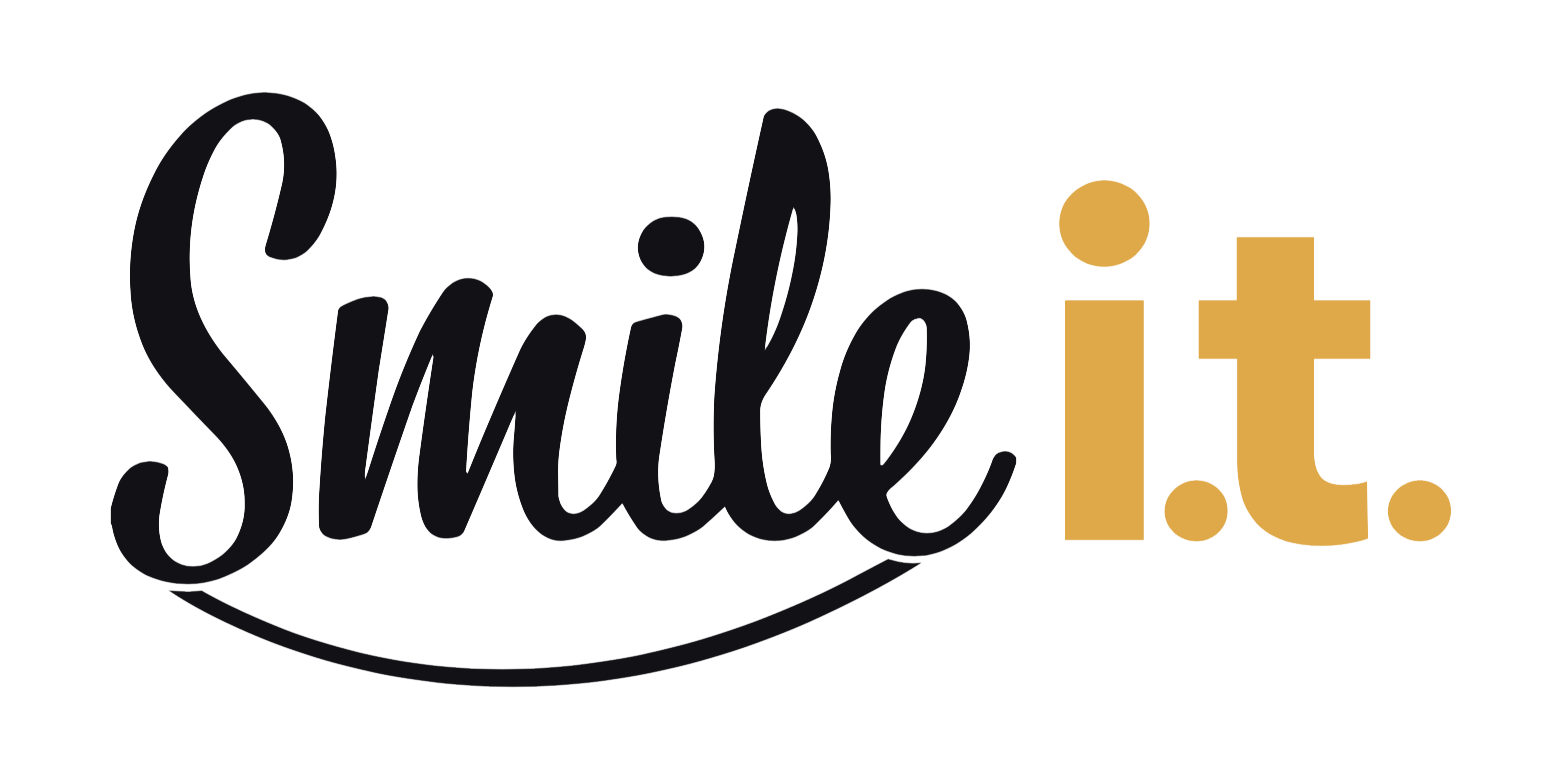Millions of us around the world are now safely ensconced in our home offices. We no longer have the ability to catch up with colleagues over the water cooler, meet around a computer to work on a project or call a boardroom meeting.
It’s a heck of a transition to make, but thanks to software providers like Microsoft we can still do all those things, albeit digitally. The Office 365 Suite is your ultimate remote work solution, providing an amazing array of tools that help you collaborate and communicate as easily as if you were working in the same building.
Let’s have a look at some of the ways Microsoft Office 365 makes the transition to working from home so easy and seamless.
OneDrive
Microsoft OneDrive is in many ways the backbone of Office 365. This is a cloud-based, enterprise grade storage facility that’s the home of all your documents and projects across an organisation. It’s basically Microsoft’s version of Dropbox or Google Drive, with the ability to store up to 1TB of data.
OneDrive seamlessly integrates into your other Office 365 programs, so that when you save something, it can save into OneDrive. A localised folder it set up on your computer to access the documents, and they’re also synched to an online backup. The local folder enables you to access your data when offline.
Sharing your documents is easy with anyone, from people within your company to people outside of it and to anonymous users. Simply right click the document and choose the ‘Share’ option.
OneDrive is accessible at any time, from most popular devices and computers, including windows, Mac iOS and Android. The uptime of the servers is around 99.97%, meaning your projects and data are there for you whenever you need them.
Collaborating in Microsoft Word, Excel and PowerPoint
The collaboration features of Office 365 are exceptional, allowing you to work on projects with any number of team members simultaneously. Whereas in your office you can give feedback or provide input directly, in a program like Microsoft Word, PowerPoint or Excel you can put comments in your document that team members can reply to. The comments aren’t a part of the document itself, they appear in the right margin and are denoted by the initials of whoever wrote. them.
When you’re in Word for the web, if more than one person is working on a document you can see their presence plus all the work they’re doing. This real time collaboration is just as effective as physically working together in an office space.
The ability to ‘Track Changes’ in Word allows you to visibly see other people’s input into a document. These changes can then be approved or rejected, resulting in a final document that everyone is happy with.
Using Teams to Stay in Touch
Microsoft Teams is likely to become the go-to tool for communicating with other members of your organisation. Video and audio calls, real time text chat, meetings and document sharing are just a few of the things that’ll make Teams an indispensable tool when working from home.
Teams is very effective when used for a video conference meeting, where all participants send a live video or audio feed from themselves to the others. Everyone is involved and engaged, and you can even record a meeting if someone is unable to be present. Text chat allows people to ask questions so as not to interrupt the speaker, and a ‘whiteboard’ allows participants to sketch or write out ideas that everyone else can also work on.
Teams is equally effective when just two people are communicating with each other over a project. They can collaborate on documents created in the Office 365 suite, working on them in real time whilst constantly being in touch. The screen sharing feature allows someone to see their colleagues screen, as if they were sitting in the same room.
Another extension of Teams meetings is Teams live events, which enables a broadcast of video and content to a much larger audience. The audience is focused on what the host is presenting, and any interactions are led by the host of the live event.
Whether it’s for one-on-one communication or mass dissemination of information, Microsoft Teams will definitely become integral to your remote working experience.
Stay Organised with Outlook and Calendar
Microsoft Outlook and Calendar are probably the part of Office 365 people are most familiar with. Many people have them downloaded as an app they use daily on their computer, phone or tablet, although both can also be accessed online.
Outlook is a very powerful corporate email management tool. It takes on the role of relaying more formal internal and external organisational communications. Teams can be used for everyday contact required to work on projects or keep in the loop of company activities. Things that would fill an email inbox really fast. Outlook is generally used for more important things like setting deadlines or organising times for meetings. These often require an agreed upon time or date, which is where the easy synchronisation with Calendar is super handy. Then once the time is agreed upon, Calendar notifies you of your appointment in good time.
Office 365 can definitely help make your transition to working from home smoother. It’ll keep your efficiency and productivity levels high once you’ve got everything set up, and before long you’ll have settled into your remote work routine nicely. If you have any questions about getting set up, or would like to know more about Office 365, please get in touch with Smile IT. They’ll be able to tell you exactly how Office 365 if helping them as they work from home at the moment!
You can also read this blog post for a more in-depth look at Microsoft Office 365, and if you want to know how to look good and feel confident on a video call, why not check out this blog post?
When he’s not writing tech articles or turning IT startups into established and consistent managed service providers, Peter Drummond can be found kitesurfing on the Gold Coast or hanging out with his family!


